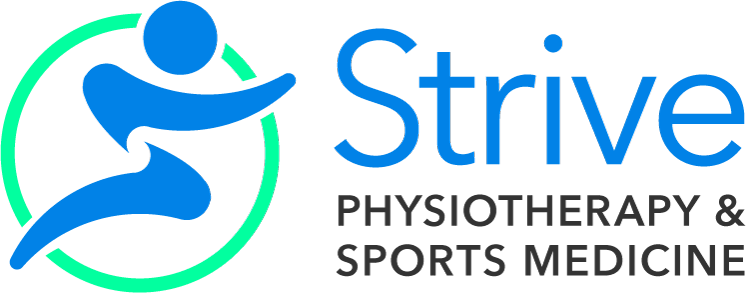Rehabilitation After COVID-19
It seems impossible to have lived through the past year without knowing about COVID-19 and how it has changed the way we live our lives. But how much do you know about how COVID-19 acts on the body, and the implications for physical rehabilitation?
Although predominantly affecting the lungs, COVID-19 has started to become more widely recognized as a multisystem illness, affecting cardiac, musculoskeletal, neurological, and psychological health. When considering rehabilitation after COVID-19 infection, it is important to take an individualized and multisystem approach. A recent consensus published in The British Journal of Sports Medicine has put forth the following recommendations for COVID-19 rehabilitation. We will focus on how physical rehabilitation can be applied in an out-patient setting, after acute COVID-19 infection.
General rehabilitation recommendations based on high level evidence:
- Rehabilitation treatment plans should be individualised to each patient and take into consideration other health issues/comorbidities.
- Patients should be reviewed/assessed throughout the rehabilitation process.
- Patients should receive education about their condition and given strategies on how to manage their recovery.
COVID-19 has started to become more widely recognized as a multisystem illness, affecting cardiac, musculoskeletal, neurological, and psychological health.
Specific rehabilitation recommendations:
Pulmonary Rehab:
- Respiratory complications should be considered in patients after COVID-19 infection, as many present with decreased respiratory function.
- The initial assessment should be done in a timely manner as soon as it is safe to do so (based on health status and respiratory limitations).
- Exercise training should be the foundation of pulmonary rehab, and low intensity exercise (≤3 METs*) should be the starting point for patients that required oxygen therapy during their infection. It is important to continuously monitor vital signs and increase exercise intensity gradually, based on symptoms.
*Metabolic equivalent: used to measure exercise intensity.
Incentive spirometry may be used for those receiving pulmonary rehabilitation. Check out this guide on how to use an incentive spirometer: How to Use Your Incentive Spirometer | Memorial Sloan Kettering Cancer Center (mskcc.org)
Cardiac Rehab:
- Cardiac complications should be considered in all patients after COVID-19 infection. A cardiac assessment is recommended for all patients (symptomology, heart rate, blood pressure). Depending on symptoms and presentation, a referral for further investigation (ECG, echocardiogram, etc.) may be indicated.
- For patients with cardiac pathology, follow a formal cardiac rehab protocol, and individualize to each patient based on cardiac function and assessment. The goals of a cardiac rehab program should be to increase exercise capacity, improve quality of life and reduce mortality.
Exercise-Specific Recommendations:
- Patients who required oxygen therapy during acute COVID-19 infection, or who had lymphopenia (reduced lymph cells in the blood) should be tested for radiological pulmonary changes (i.e., chest X-rays) and should receive pulmonary function testing.
- Patients who experienced severe sore through, body aches, shortness of breath, fatigue, chest pain, cough and/or fever should avoid exercise higher than 3 METs for 2-3 weeks after these symptoms have resolved.
- If the patient has very light symptoms (which may/may not be due to COVID-19), limit activity to ≤3 METs, but try to limit sedentary periods as well. Increase rest periods if symptoms worsen and avoid prolonged/high intensity exercise.
- When returning to exercise after mild/moderate COVID-19 illness, one week of low intensity stretching and light muscle strengthening exercise should be trialled before beginning cardiovascular exercise.
- When returning to exercise after severe COVID-19 illness, follow exercise progression recommendations with the pulmonary rehab approach.
Much is still unknown about the long-term affects of COVID-19, and this virus affects people differently, so it is important to take a highly individualized approach to rehabilitation Furthermore, there is emerging evidence that different rehabilitation guidelines should be followed for those experiencing “long COVID”. “Long COVID” is a termed used to describe persistent symptoms associated with COVID-19 infection that last more than 4 weeks after the initial diagnosis. Stay tuned for a future blog post with rehabilitation considerations for those experiencing long COVID.
Reference:
Barker-Davies, R. M., O’Sullivan, O., Senaratne, K., Baker, P., Cranley, M., Dharm-Datta, S., Ellis, H., Goodall, D., Gough, M., Lewis, S., Norman, J., Papadopoulou, T., Roscoe, D., Sherwood, D., Turner, P., Walker, T., Mistlin, A., Phillip, R., Nicol, A. M., Bennett, A. N., … Bahadur, S. (2020). The Stanford Hall consensus statement for post-COVID-19 rehabilitation. British journal of sports medicine, 54(16), 949–959.

